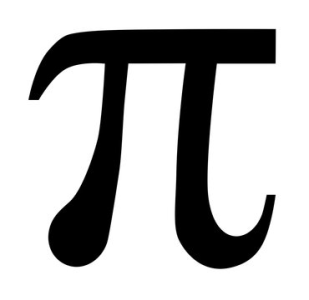- Sep 12, 2023
- 46
- 1
- 33
- Country
- United States
- Faith
- Atheist
- Marital Status
- Single
There is no such a thing as a next number. What do I mean by that? Let's use 1 as an example. 1 does not have a number that is next to it. You might think 2 is the next number, but 1.5 is actually in between them. You might think 1.5 is the next number, but 1.25 is between them. This goes on infinitely for every number.


